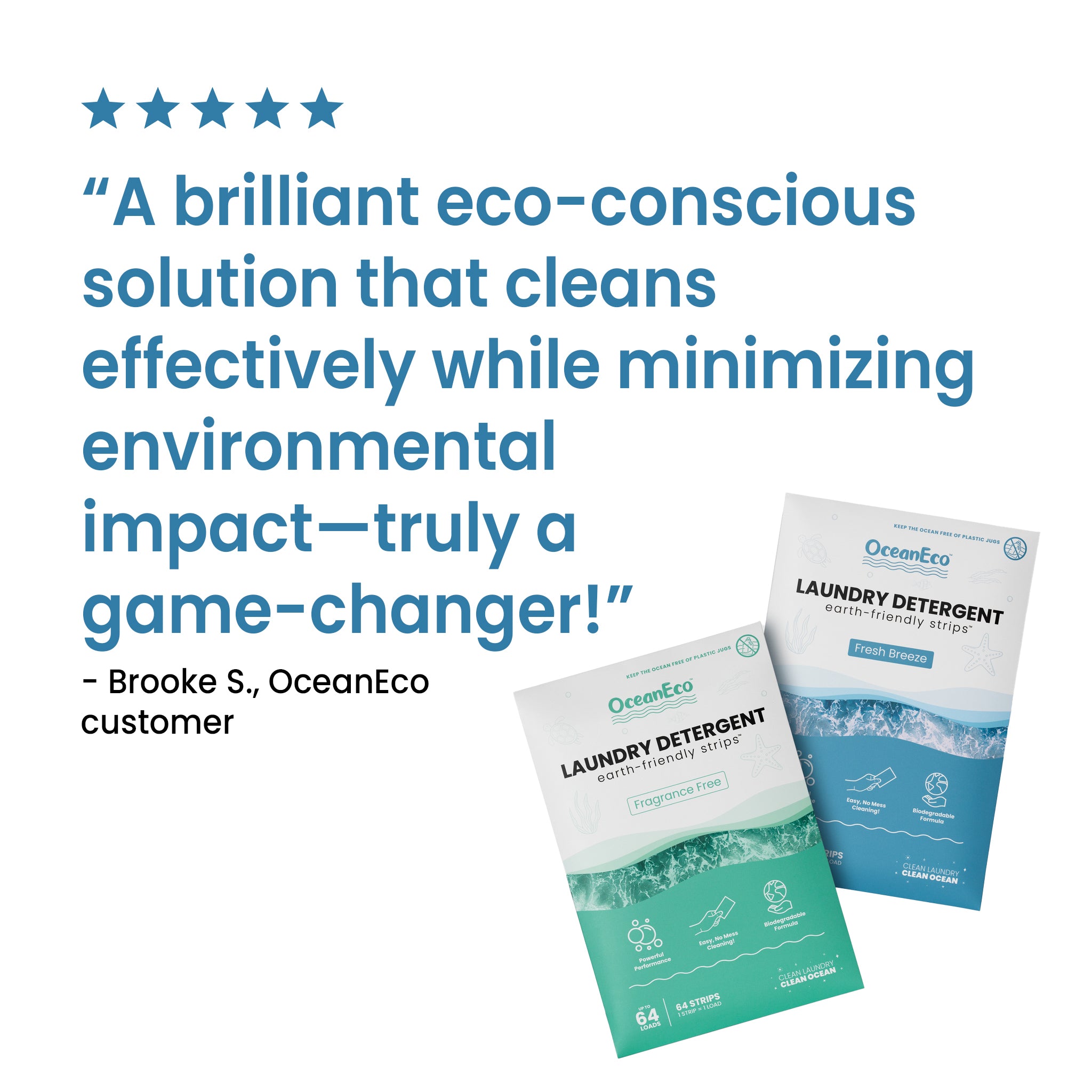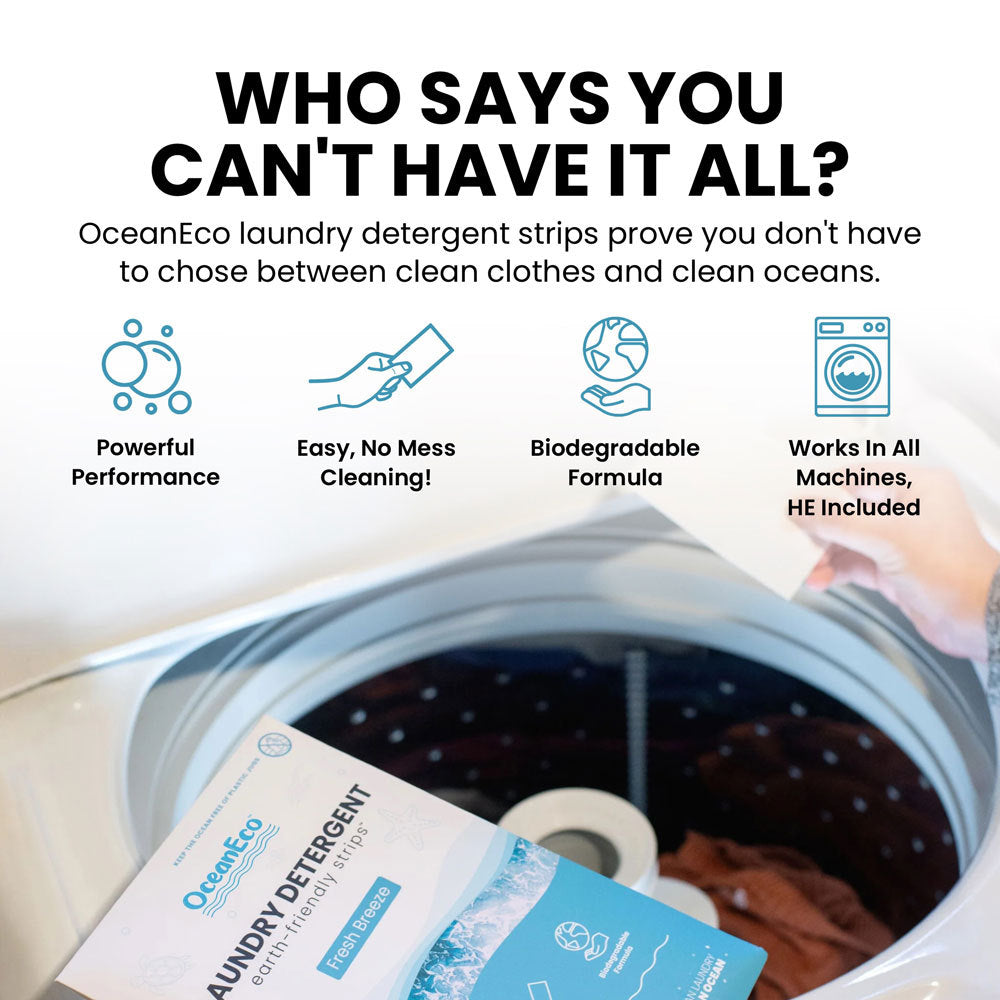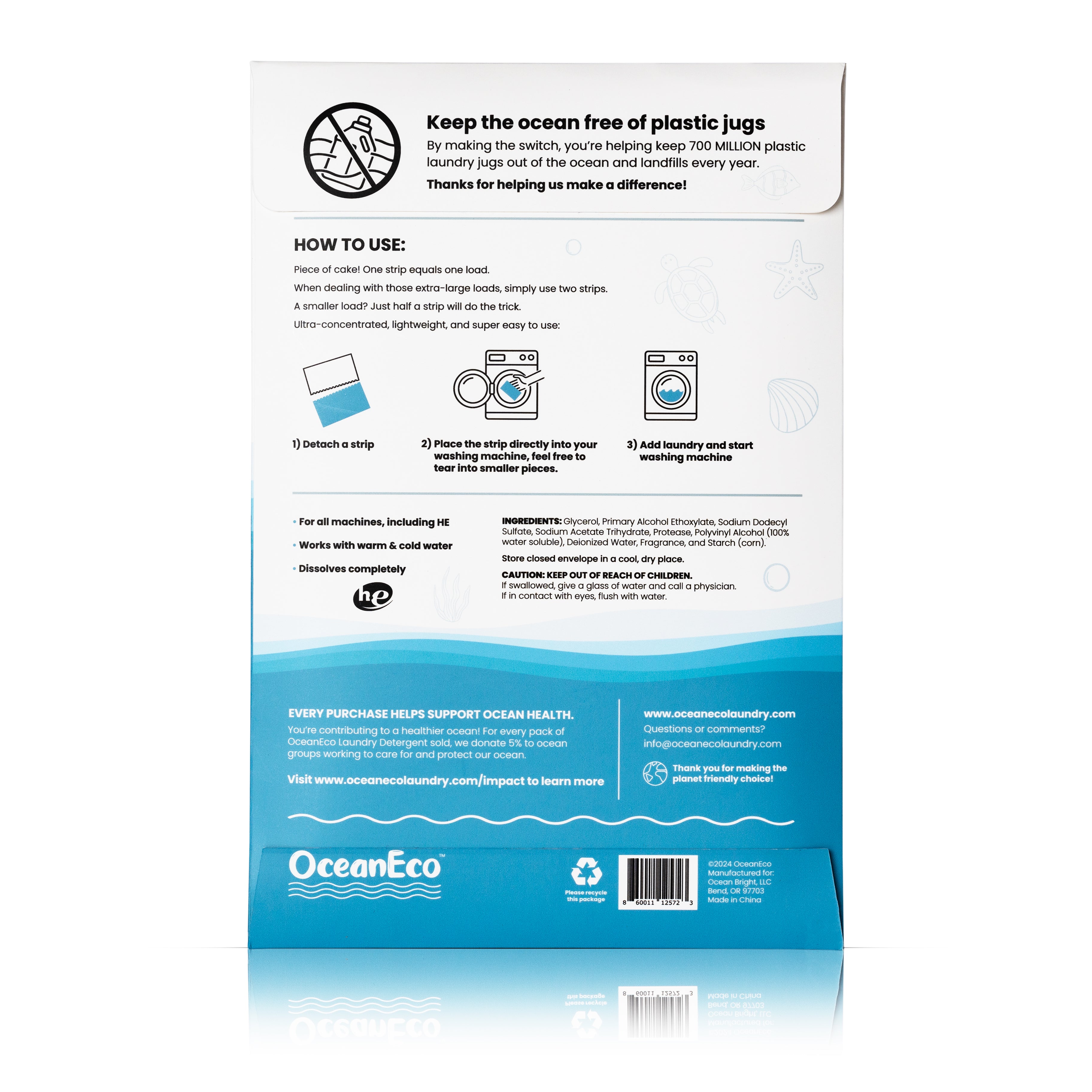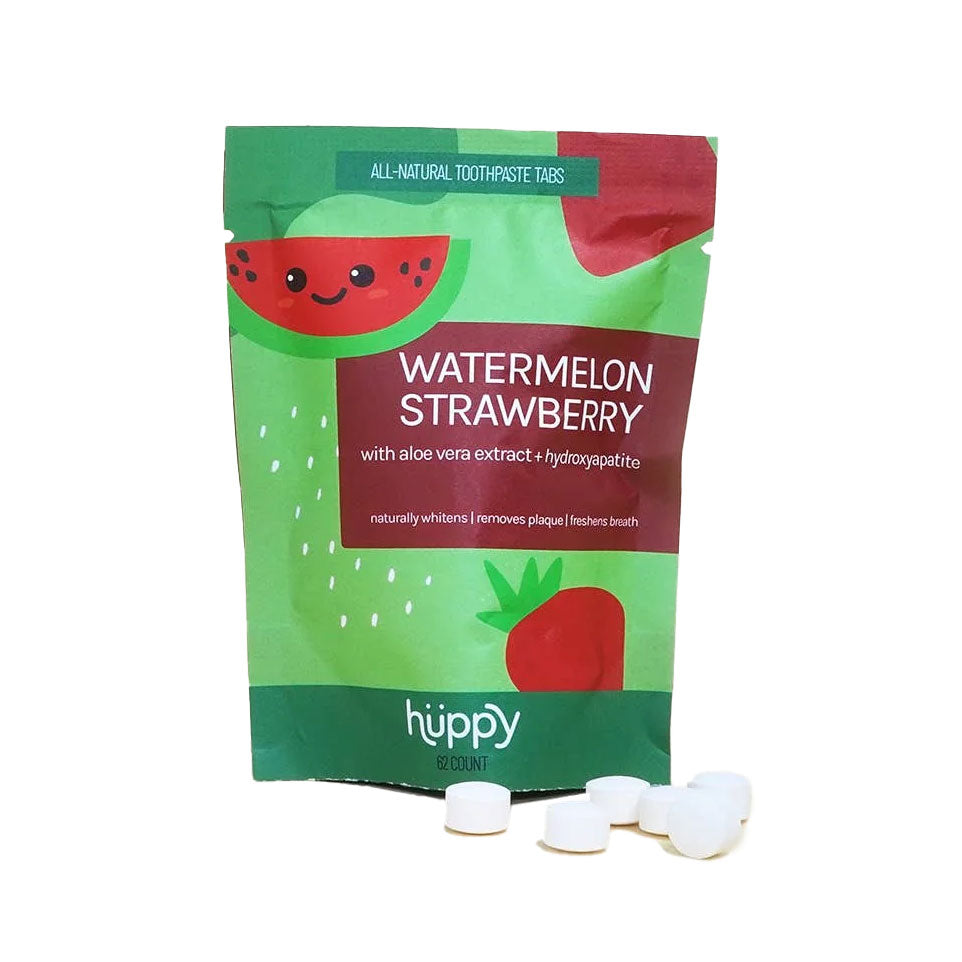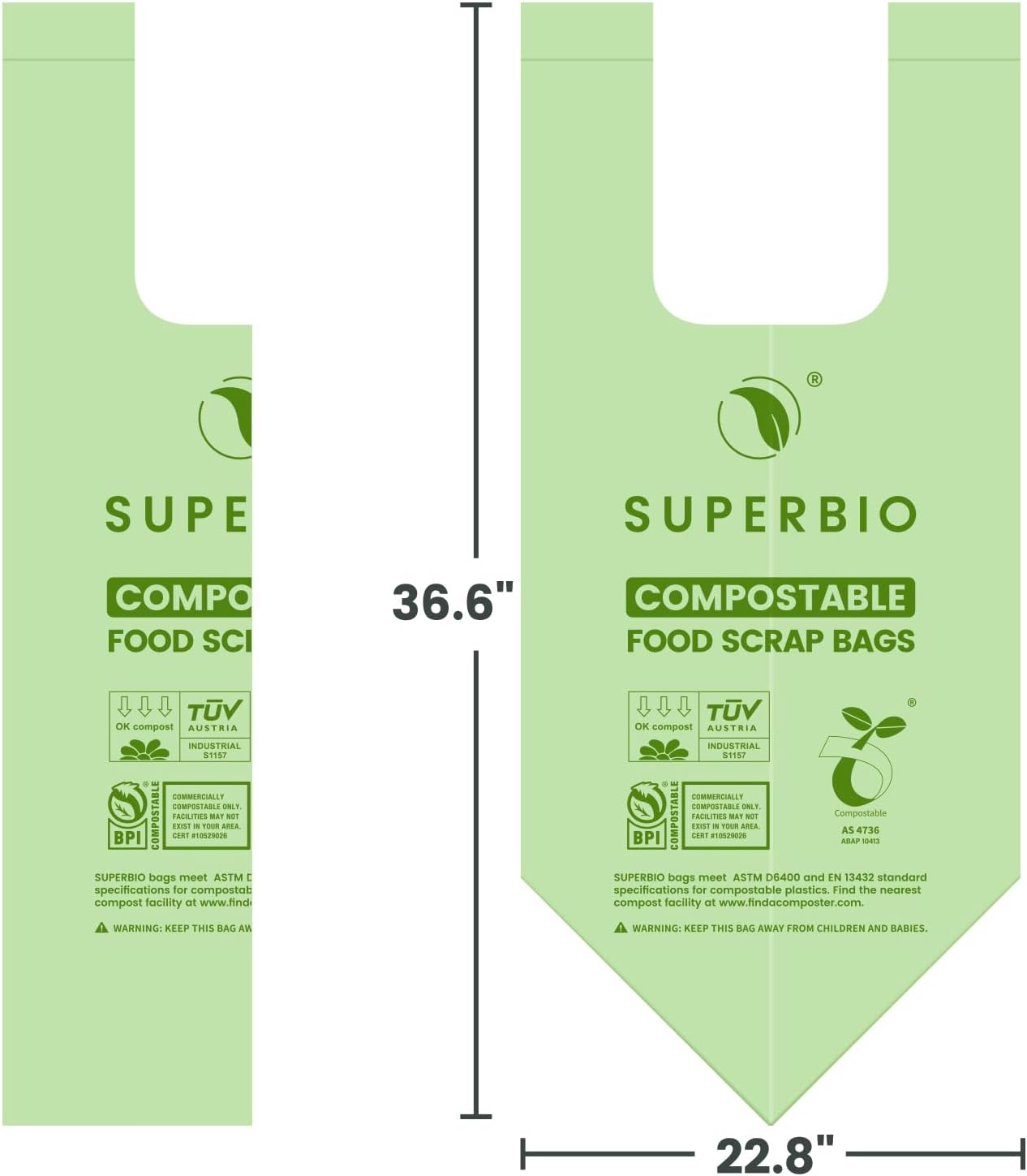How Plankton Poop Could Hold the Key to Slowing Climate Change
In the fight against climate change, every small action counts. From renewable energy to forest conservation, many solutions are on the table, but one of the most unexpected contributors could be plankton poop. This tiny marine byproduct, aided by a unique natural process, could help the world combat rising carbon dioxide levels in the atmosphere.
The concept hinges on the “biological carbon pump,” a natural process in the ocean where microscopic marine life absorbs carbon dioxide and stores it in the deep sea. However, much of this carbon is returned to the atmosphere before it can reach the ocean floor, where it could remain sequestered for centuries. But what if we could enhance this process?

The Role of Plankton in Carbon Sequestration
Phytoplankton, tiny organisms that float in the ocean, are responsible for capturing a significant portion of atmospheric carbon dioxide through photosynthesis. As NASA Earth Observatory points out, these organisms form the base of the marine food chain, feeding zooplankton, small fish, and other sea life. As phytoplankton die or are consumed, some of their carbon sinks into the ocean, but a large portion of it is recycled by marine bacteria, eventually returning as CO2. This cycle presents a challenge in efficiently storing carbon in the ocean's depths.
However, researchers from Dartmouth College and other institutions are exploring how to enhance the efficiency of this biological pump. Their solution involves adding clay dust to the surface of the ocean. This seemingly simple intervention could significantly boost carbon sequestration by aiding the formation of dense particles that sink rapidly, carrying carbon along with them.

Clay as a Catalyst for Faster Carbon Sequestration
The Dartmouth team’s experiments demonstrated that when clay minerals are added to the ocean’s surface, they bond with organic carbon, forming sticky balls known as “flocs.” These flocs are irresistible to zooplankton, which feed on them, The Debrief, reports. As zooplankton ingest the flocs, they excrete carbon-laden feces, which sink deeper into the ocean. This process not only prevents carbon from escaping back into the atmosphere but also speeds up the ocean’s natural carbon sequestration process.
This enhancement could have profound implications. By accelerating the process by which carbon is transported from the ocean surface to the depths, this method offers a new, scalable approach to mitigate climate change. The addition of clay to phytoplankton blooms could significantly boost the amount of carbon trapped in the ocean, as demonstrated by the increased concentration of sticky organic particles—up to ten times more than usual—following the clay treatment.

How Plankton Poop Becomes a Climate Solution
Plankton poop might seem like an unlikely hero in the climate crisis, but its potential is undeniable. Zooplankton, the tiny creatures that feed on plankton, play a crucial role in the ocean’s carbon cycle. Normally, only a small fraction of the carbon captured by phytoplankton makes it into the deep ocean for long-term storage. However, by feeding on clay-enhanced carbon particulates, zooplankton can create fecal pellets that sink faster, ensuring that the carbon is stored more effectively in the ocean’s depths.
The use of clay dust to enhance this process could be a game-changer. According to Oceanographic Magazine, the addition of clay allowed carbon to be captured in feces and sequestered at depths where it can stay for millennia, potentially reducing atmospheric CO2 levels significantly.

The Promise of Clay in the Fight Against Climate Change
As scientists continue to explore this technique, there’s growing optimism about its potential. The use of clay is particularly promising because of its low cost and abundance. Unlike other carbon capture methods that rely on expensive technology, clay dust is a natural material that could be dispersed across ocean regions with phytoplankton blooms.
The team is currently focused on identifying the best regions for applying this method, particularly areas with high primary production, such as the California Current and the Mediterranean Sea.
Looking Ahead: A Sustainable Solution?
Though the technique is still in its early stages, it holds promise as a sustainable and scalable solution for reducing atmospheric CO2 levels. The process, which relies on the ocean’s natural mechanisms, could complement other climate mitigation strategies, such as reforestation and direct air capture. Moreover, by enhancing the biological carbon pump with a simple addition of clay dust, the oceans could play an even greater role in addressing the climate crisis.
The next steps involve testing the method in real-world ocean settings. If successful, this approach could become an essential tool in the global effort to combat climate change, one tiny poop at a time.






























































































































































































